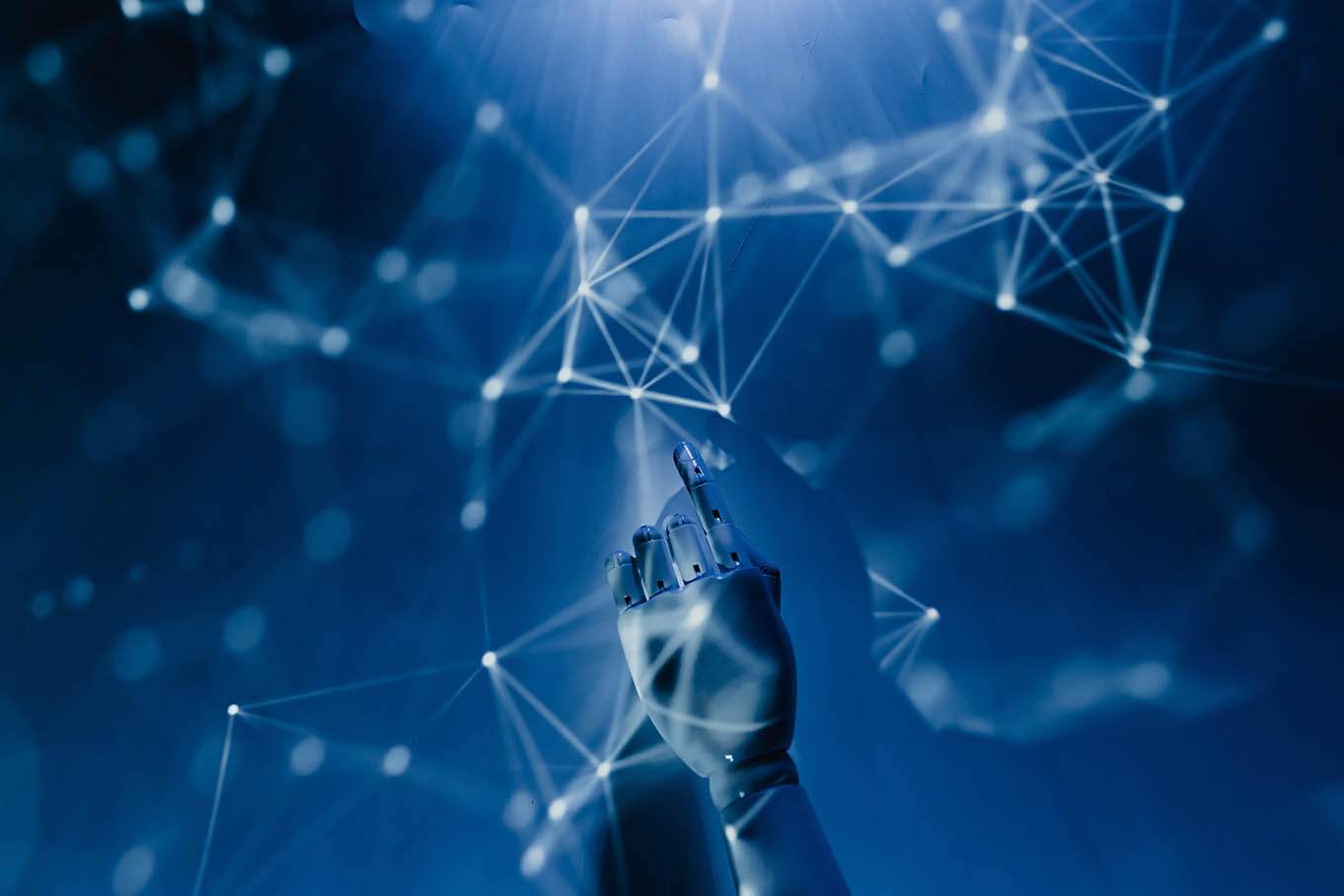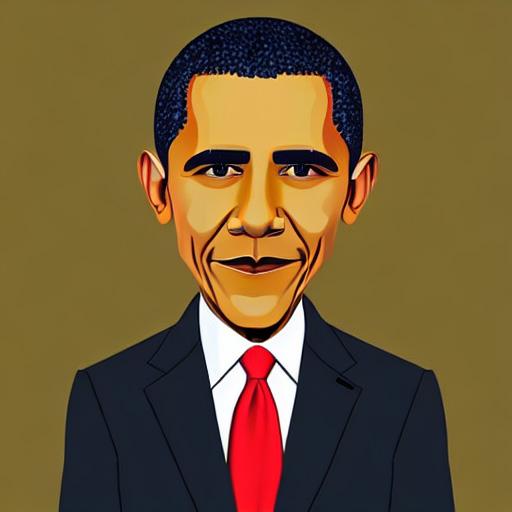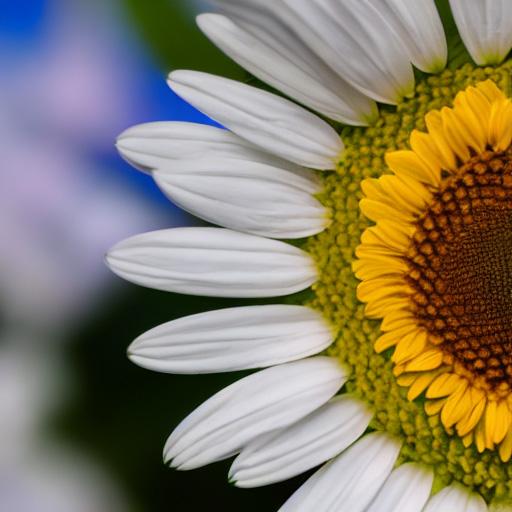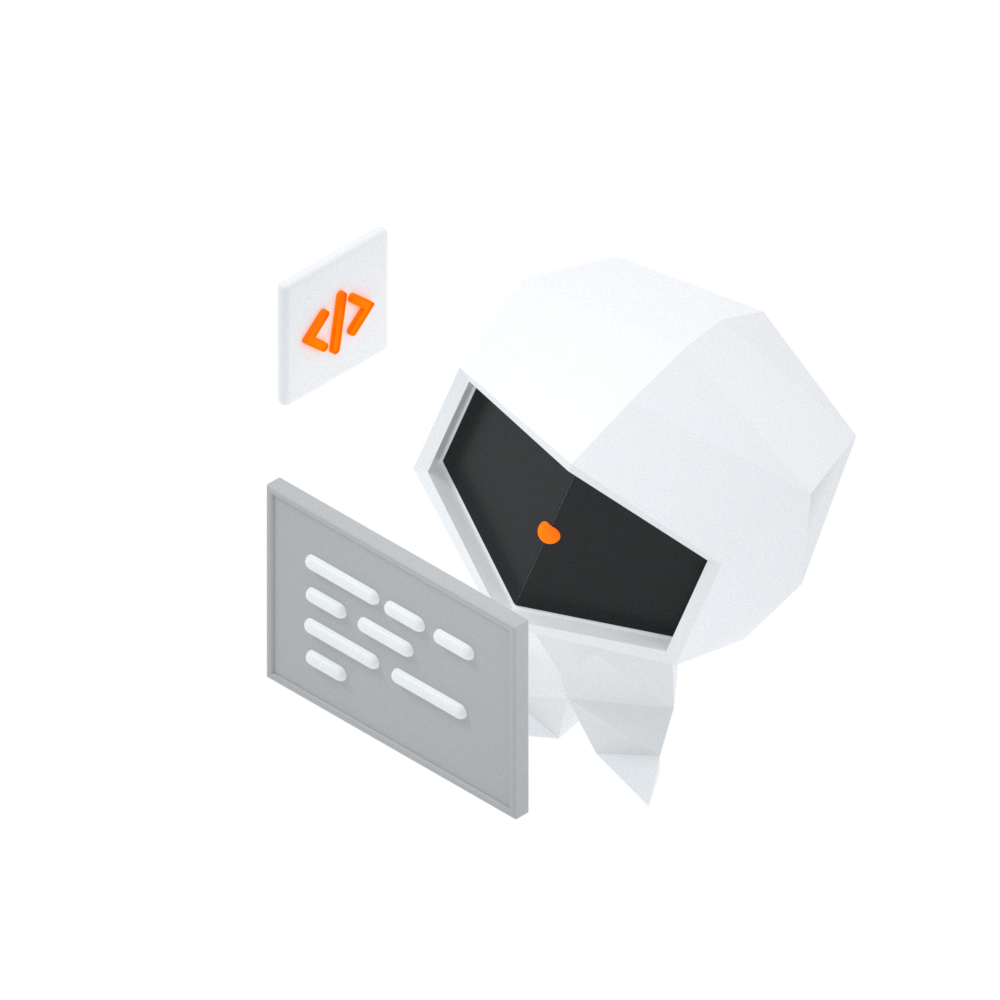By Daniel Anderson
This article is an entry to the 2022 Alibaba Cloud Summit Contribution Contest

Artificial intelligence (AI) is far from new, but its implications are starting to take shape in unexpected ways. This rapidly evolving technology has begun to enter the mainstream public consciousness in recent years as computing power and data storage capacity have exploded.
What was predicted to take the place of mundane and repetitive jobs has actually made incredible progress in artistic fields like writing, music, and most recently, design. Because the pace of advancements in AI has become so rapid, its potential impact is still largely underestimated. As AI-generated art begins to take its place in the world of graphic design, it's worth taking a closer look at what this technology is capable of, and where it might take the field in the future.
To understand the future of artificial intelligence and the potential trajectory of AI-generated art, it's helpful to first review how the technology has developed over the years.
The term “artificial intelligence” was originally coined in 1956 by a group of researchers at Dartmouth College. Despite great enthusiasm among the early AI community, progress in the field ground to a halt in the 1970s. As the technology failed to live up to its hype, funding sources dried up and “AI winter” set in.
It wasn't until the 1990s and the advent of personal computers that AI began to experience a resurgence. And more than 40 years after the field was first established, artificial intelligence experienced its first real breakthrough. In 1997, IBM's supercomputer Deep Blue defeated chess grandmaster Garry Kasparov in a six-game championship.
Then, in 2011, IBM's Watson defeated Ken Jennings on the game show Jeopardy! This historic victory highlighted the machine's ability to not only process large amounts of data but also understand natural language. Jennings joked that he felt "obsolete" and "like 'Quiz Show Contestant' was now the first job that had become obsolete under this new regime of thinking computers.”
However, AI's evolution did not stop there. Over the past two years, a number of AI tools have been released publicly. Technologists, entrepreneurs, and hobbyists have all begun to experiment with these new applications to create never before seen results.
OpenAI, a non-profit specializing in AI research, released its third autoregressive language model in June 2020. Known as GPT-3, or Generative Pre-trained Transformer 3, the model stunned the world with its ability to produce text indistinguishable from that written by humans. Trained on hundreds of billions of words, GPT-3 can generate entire paragraphs of coherent text on any given topic with only a brief prompt.
Although the underlying technology behind GPT-3 is complex, the idea is relatively simple. The model reads input and then predicts the next word in the sequence. For example, if the phrase “I am going to the store” is fed into the model, it would likely continue the sentence with the word “to.”
This predictive power has had huge implications for fields like copywriting, technical writing, and storytelling. But GPT-3's capabilities don't stop there. The model can also complete code, and it has even been used to create fake personas on social media.
Some marketers theorize that the prominence of AI content generators led to Google's most recent algorithm update, which devalues low-quality content. With the release of GPT-3, it's now possible to create vast amounts of text quickly and easily. This update may be an attempt to crack down on sites that use these tools to generate low-quality, keyword-stuffed content.
If this assumption is correct, we'll likely see more algorithm updates in the future as Google (and other search engines) try to keep up with the rapidly evolving domain of AI. Fortunately, this also implies that AI is unlikely to replace workers, but rather repurpose them. Humans may no longer be needed to compose content, but they remain vital for quality control, strategy, and creativity.
The field of graphic design is also feeling the impact of artificial intelligence. Just as OpenAI transformed content writing with language generation, StabilityAI recently shook up the art world with image generation.
In August of this year, StabilityAI released Stable Diffusion, an AI and machine learning-powered model that translates text into mind-blowing images. Due to its breakthroughs in speed and quality, anyone with a consumer GPU can create beautiful, custom imagery on demand.
Currently, the public demo is available for anyone to try. All you need to do is type in a short description of the desired style and output. Here are a few prompts and their results:

“A small cabin along a roaring river with a moose in the style of Disney, artstation”

“Portrait of Barack Obama in the style of SouthPark”

“Closeup photograph of a daisy, 4k resolution, vivid”
While this emerging technology is certainly fun to play with, it is even more exciting to consider the potential implications for the design industry. If Canva was a ripple of democratization in design, AI is shaping up to be a tidal wave.
In the past, creating custom visuals was a time-consuming and expensive process. Even simple designs could take days or weeks to complete between the back and forth of revisions and the time needed to execute each change. With AI-generated art, this process could be condensed to hours or even minutes.
This acceleration would not only save businesses time and money, but it would also open up new opportunities for creativity. In a world where anyone can generate stunning visuals instantly, businesses will need to find new ways to stand out. So artists, fear not. The future of graphic design is unlikely to be replaced by robots. Rather, it's about to become more creative than ever before.
Once again, the most repetitive and iterative tasks will be automated, leaving designers free to explore more experimental ideas. And in many ways, this has already begun in the field of web design with the rise of tools like Webflow. Instead of mocking up yet another basic landing page in Photoshop, designers can focus on crafting interactive experiences and micro-interactions that elevate the user experience.
Of course, AI is not without its problems. As with any new technology, it will take time for AI-generated art to be perfected. In the meantime, the industry will have to sort out the following concerns:
Currently, AI-generated art is inspiring but not perfect. The images are often blurry, distorted, or otherwise unusable. This is to be expected, as the technology is still in its early days. For graphic design content production to be truly democratized, researchers will need to continue pushing the boundaries of what's possible.
Another potential issue relates to the ethics of a generative model that is trained based on existing artwork. Who deserves to own the copyright to these works? Is it the artist, the algorithm, or the business commissioning the work?
As it stands today, users of AI tools are free to generate and sell artwork without having to worry about infringement. But for many artists, this model feels exploitative. As the technology continues to evolve, existing copyright laws may need to be updated to reflect this ethical dilemma.
Finally, there is the potential for abuse. With AI-generated art, it will be easier than ever to make misleading imagery. This could lead to the spread of misinformation, especially if the art is used maliciously to create fake news stories.
As AI-generated art becomes more realistic and widespread, it's important to be aware of these potential pitfalls. However, the design industry is nothing if not adaptable. With a bit of creativity and open-mindedness, we will undoubtedly find ways to overcome these challenges.
As artists begin to harness the power of artificial intelligence to create never-before-seen works of art, we can only imagine what will be possible in the years to come. AI development continues to be funded and researched by many of the largest tech companies in the world. So it's safe to say that we are only just beginning to scratch the surface of what AI is capable of.
We can expect to see AI-generated art become more realistic, sophisticated, and involved as technical limitations are lifted. A natural development from generative images would be generative videos and animations. Imagine being able to generate a GIF from scratch, based on nothing more than a description or set of keywords. Or, envision a child creating their own animated bedtime story, with only a few sentences of spoken word.
The possibilities are endless. So whatever your opinion on AI-generated art may be, one thing is certain: it's here to stay.

Alibaba Cloud Unveils Financial Services Solutions to Advance Industry Digitalization

887 posts | 199 followers
FollowAlibaba Cloud Community - September 16, 2022
Liam - December 29, 2022
Alibaba Cloud Community - November 14, 2022
Farruh - November 23, 2023
wenlou - November 7, 2019
Alibaba Clouder - March 24, 2017

887 posts | 199 followers
Follow AIRec
AIRec
A high-quality personalized recommendation service for your applications.
Learn More Artificial Intelligence Service for Conversational Chatbots Solution
Artificial Intelligence Service for Conversational Chatbots Solution
This solution provides you with Artificial Intelligence services and allows you to build AI-powered, human-like, conversational, multilingual chatbots over omnichannel to quickly respond to your customers 24/7.
Learn More Architecture and Structure Design
Architecture and Structure Design
Customized infrastructure to ensure high availability, scalability and high-performance
Learn More Log Management for AIOps Solution
Log Management for AIOps Solution
Log into an artificial intelligence for IT operations (AIOps) environment with an intelligent, all-in-one, and out-of-the-box log management solution
Learn MoreMore Posts by Alibaba Cloud Community